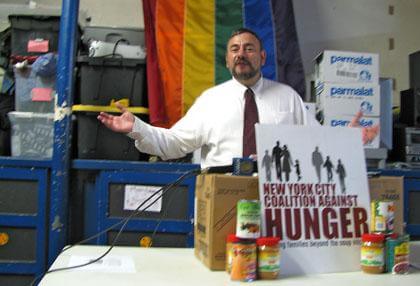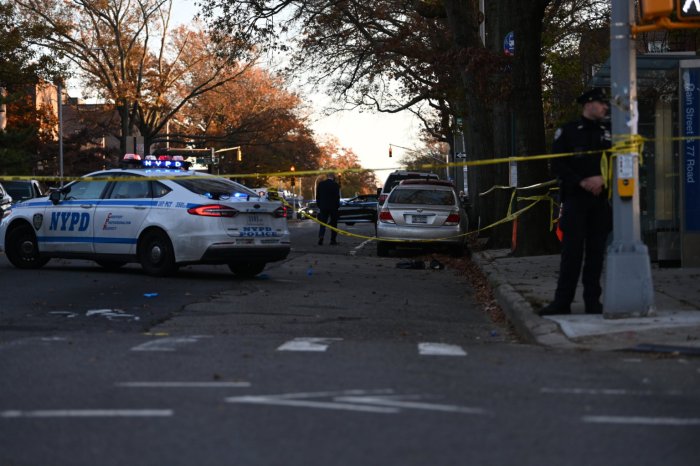By Philip Newman
The U.S. Census Bureau has released figures showing the poverty level in Queens nearly unchanged from the previous year, although an anti-poverty official called New York state “the epicenter of inequality in America.”
The Census Bureau figures released Tuesday found Queens with 270,066 people living in poverty in 2007, the most recent period for which information was available.
In the prior year Queens had 271,980 residents in poverty, according to the 2006 census report . In any case, both figures were improvements over a 2004 Queens poverty total of 320,098 people.
The Census Bureau considers the poverty level at $10,590 for an “unrelated individual” or $21,203 for a family of four.
Joel Berg, executive director of the New York City Coalition Against Hunger, told a news conference the Gini Index, which measures international inequality of income, gives New York state a 50, compared with 46 in Mexico, 40 in Sri Lanka, 33 in France and 26 in Norway. A low Gini Index ratio represents more equal wealth and income levels.
“New York is the epicenter of inequality in America's latest Gilded Age,” Berg said. “Because our political leaders continue to grant massive tax cuts for the ultra-rich while refusing to adequately raise the minimum wage, our state now has more inequality of income than Sri Lanka or Mexico.”
He added, “These federal numbers are the clearest indication yet that Mayor Bloomberg's anti-poverty strategy – comprised mostly of small-scale, underfunded pilot programs – is failing to make a significant dent in the city's massive poverty and hunger”
On the other hand, Berg said, New York City alone has at least 46 billionaires, whose taxes have been greatly reduced.
“To a great extent, the cause of poverty is spelled w-a-g-e-s, which are too low,” Berg said.
The New York Coalition Against Hunger said that on Aug. 20 “for the second time in five months, Gov. David Paterson and the state Legislature slashed food funding to emergency soup kitchens and food pantries “despite the soaring need for such agencies.”
“Such cuts could have been avoided if the state Senate and the governor had agreed to the state Assembly's plan to slightly raise the tax rate on the wealthiest 1 percent of wage earners in the state,” he said.
As for New York City as a whole, Queens was better off than Brooklyn, which had 550,169 people in poverty, the Bronx with 362,062 and Manhattan with 279,522, but not Staten Island's low poverty total of 45,877.
Berg suggested that Brooklyn's much higher poverty level might not be attributable only to the fact that the borough has 200,00 more residents.
“You might consider both a rather large number of poor areas in Brooklyn as well as a number of relatively high income parts of southeast Queens,” Berg said.
The announcement of the poverty figures was held at Sylvia Rivera's Food Panty at 446 W. 36th Street on Manhattan's far West Side.
As the news conference ended, perhaps 40 people were waiting at the curb outside for volunteers to serve food.
Reach contributing writer Philip by e-mail at news@timesledger.com or by phone at 718-229-0300, Ext. 136






























